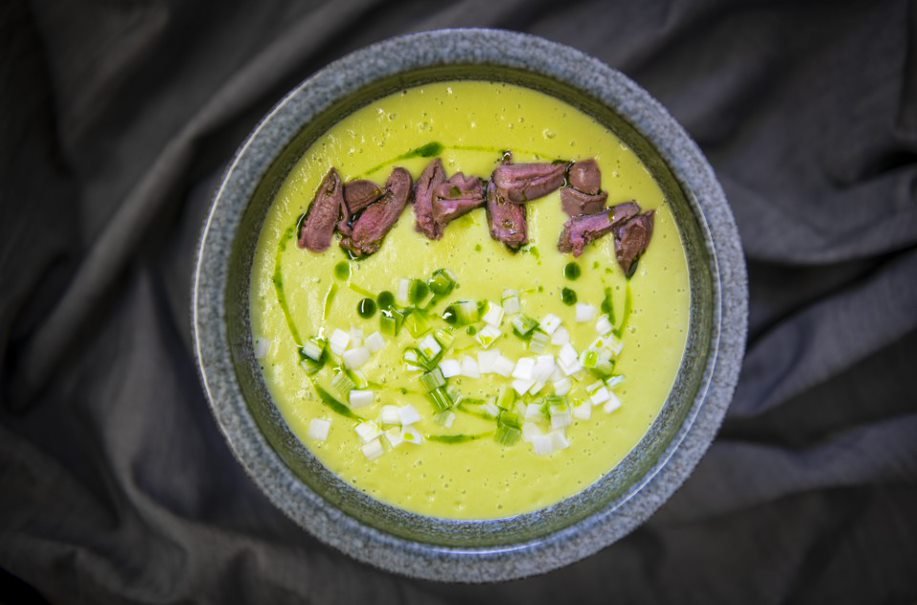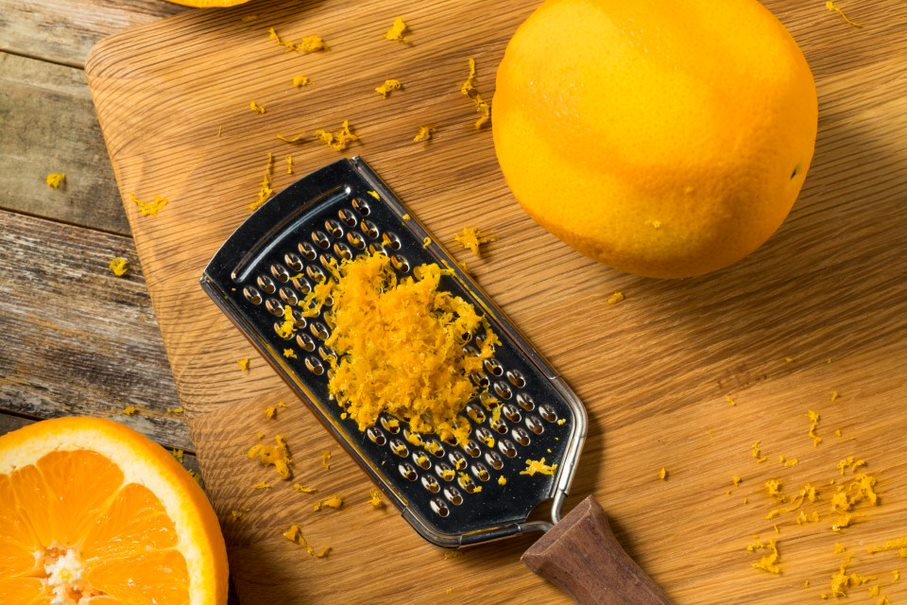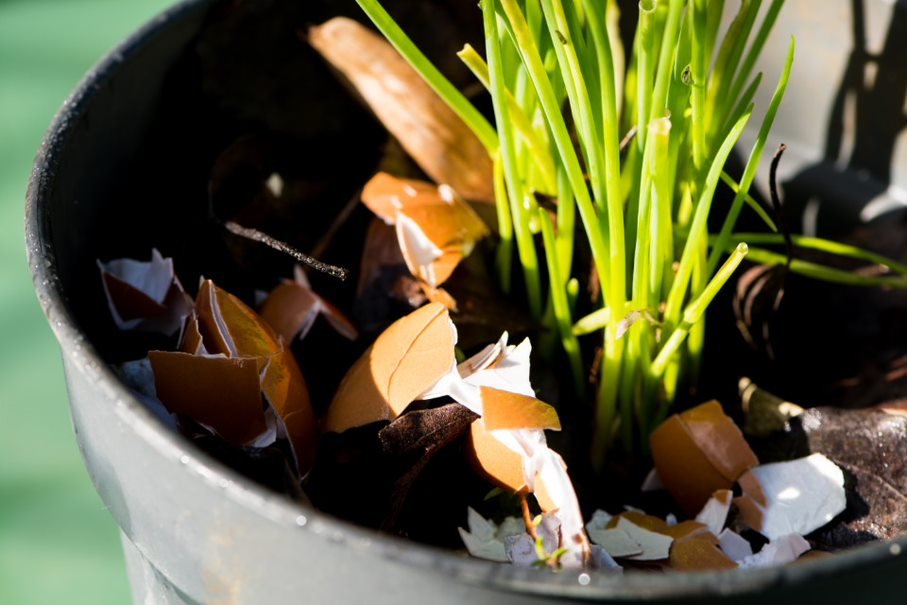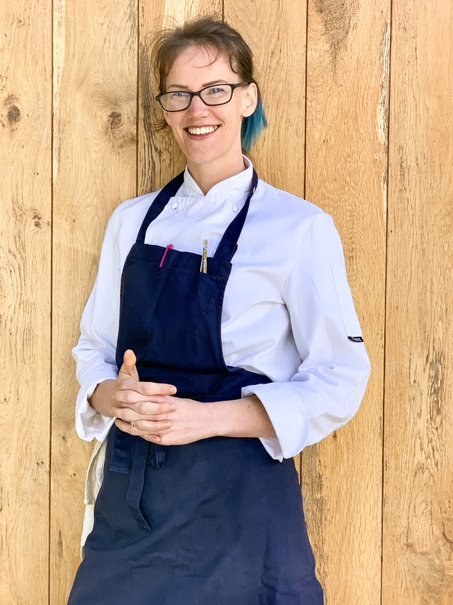Save money with tips to cut down your food waste
Food waste – what is it good for? Absolutely nothing. Uh, actually, that’s not true. With a bit of creativity and know-how, you can start using more of what you buy and getting value for money too. But why should you bother? Well, over 30% of all food produced globally ends up in the bin. In the UK we are by far the worst offenders in Europe, throwing away 9.5 million tonnes of food each year. This is an enormous problem because as food degrades in landfill sites it releases methane gas which contributes to global warming. This food has also used up enormous amounts of water, taken up a great deal of land and cost a large number of working hours to produce.
Household food waste accounts for 60% of all food waste, so even small changes in the amount each family throws away can make a big difference. Being careful with how much you buy, keeping an eye on use by dates, and getting savvy with which foods you can freeze are all great ways to start minimising how much food ends up in the bin.
Holly Taylor is one of the founders of Kindling restaurant in Brighton where they design their whole menu around using amazing local produce and minimising food waste. In this guest post for Savvy Dad, Holly shares some tips and tricks to help you do the same at home and save some money along the way.
Get creative with your green trim.
A large proportion of green vegetables is often thrown away simply because we don’t they are edible or don’t know what to do with them. The green part of a leek still tastes amazing, it simply needs to be well washed and cooked for a bit longer than the paler part. The outer leaves of cauliflower are gorgeous roasted in the oven for 5 minutes at 220C with a little oil and salt, but they’re equally good shredded in a stir fry or added into a cauliflower cheese. Broccoli stalk is delicious when sliced and pickled in a salad. Find out how to get rewards for buying reduced fruit and veg with the Asda Rewards App.
In the restaurant, all our green trim is saved, thinly sliced, and then turned into a beautifully vivid green soup which we offer to our evening diners as an amuse-bouche. The finely chopped greens are sauteed in butter, then cooked out in milk before being blended into a silky-smooth soup that’s chilled over ice. Everything from the outer leaves of cabbage to the trim from broccoli can feature in the soup. It simply depends on what’s on the menu at the time.

Keep the peel and help reduce food waste stats in the UK
The peel from onions, garlic and shallots can be used to make an amazingly fragrant oil for dressing and cooking with. Simply save all your trimmings in a bag in the freezer until you have enough to fill a large saucepan. To make the oil, cover all the peelings with a neutral tasting oil such as rapeseed oil and heat over a very low heat for 2-3 hours. Allow to cool, then strain and decant into bottles. This oil is lovely for cooking with or as a base for a salad dressing, or a dip for bread. SavvyDad has a huge selection of recipes to use up pumpkin leftovers too, including the skin.

Keep fresh spices and citrus in the freezer
Some of the most commonly thrown away food items are wrinkled chillis, pieces of mouldy root ginger and citrus fruits that have been zested and become dried out. If you keep all these things in the freezer, you can grate them straight from frozen. This means you can easily portion half a chilli, the zest of half a lime or 1 tablespoon of ginger without the rest going to waste and affecting the budget of your weekly meals. Once you have what you need simply return the item to the freezer ready to use again next time.
Have a go at preserving and fermenting
If you end up with too much of something there are a lot of different ways you can preserve it for use later in the year.
Gluts of fruit and vegetables can be turned into jams and chutneys or pickled. These make excellent presents or additions to a Christmas hamper.
Cabbages and root vegetables like carrots and beetroot can be turned into kraut to avoid food waste. Thinly slice or grate the vegetables, carefully weigh how much you have and sprinkle in 3% table salt by weight. Set the veg aside for an hour then massage it with the salt until it creates enough liquid to fully cover itself when put in a jar. Pack the vegetables and liquid into a Kilner jar ensuring they are fully submerged, then seal and leave in a cool dark place to ferment for anything from a week to six weeks. It’s a good idea to open the jar once a week and have a taste to see how the flavour is developing. Once it’s reached a taste that you’re happy with, transfer it to the fridge.
Softer fruits and vegetables can be fermented in a brine (salt dissolved in water). Sweeter fruits, such as apples and plums, should be fermented in a jar in a 5% salt solution. Less sweet fruits like rhubarb and most vegetables can be fermented in a 3% brine. Simply place the prepared food in the jar, fully submerge in brine and seal the lid. Leave at room temperature for a week to 10 days then transfer to the fridge. As fruits and vegetables ferment, acids develop and gas is produced. For this reason, it’s a good idea to ‘burp’ your jars every few days while they are actively fermenting to avoid explosions!
Once fermented, fruits and vegetables will keep for months in the fridge provided they stay in the fermentation liquid. On a dark winter’s day, it’s nice to have a splash of colour from some fermented rhubarb or the zing of a preserved plum to remind you summer is not far away.
Buy whole animals where you can.
At the restaurant, wherever possible we try to buy whole animals from the farmer or hunter. Whilst we understand buying a whole deer or sheep just isn’t practical for most families you can still reduce food waste by opting to buy a whole bird instead of just the breasts. A whole chicken can easily be turned into two to three meals making it a cheaper option than buying the individual cuts. If you butcher it yourself, you’ll also end up with a carcass that can be used to make a chicken stock as a base for soups and stews. This saves a fortune on recipe kits – if you’re using them.
If you’re not sure how to do this, it is surprisingly easy and there are lots of videos available online that will show you a step-by-step guide to breaking down a chicken and making a stock. For those with a big freezer, many farm shops offer the chance to buy half or quarter animals. This can also be an economical option as well as an exciting way to discover new cuts of meats and recipes.

Don’t forget to use food waste in the garden
Some items of food waste can make excellent additions to your garden or allotment. Crushed eggshells make an excellent slug and snail deterrent around young plants, or they can be dug into the soil to add vital nutrients for seedlings. Coffee grounds can be added to soil to create a nitrogen-rich environment loved by plants such as onions and salad leaves. And of course, anything you really can’t find an edible use for can be used to start a compost heap. Unlike in a landfill site, food waste decomposing in a compost heap doesn’t produce greenhouse gases so it’s a much better choice than putting food in the bin. At Kindling any veg trim we can’t use is collected and sent back to our local growers to use as compost, creating a closed loop where nothing is wasted.

If all else fails, make a cake to save on food waste
Overripe fruit and vegetables that have gone a bit soft like carrots and courgettes are perfect for baking. Many other fruits and vegetables can also be pureed or grated and added into sweet loaves, cakes, muffins and cookies. Think banana bread, courgette and lime loaf cake, apple sauce muffins and carrot cake cookies!

ABOUT THE AUTHORS
Holly Taylor and Toby Geneen are the founders of Kindling Restaurant in Brighton. Kindling is about more than just the delicious food, it is a community of people: staff, customers and suppliers all sharing and celebrating local produce. Nature writes the menu as the seasons inspire the dishes. Kindling is featured in the Michelin Guide and is a member of the Sustainable Restaurants Association.
Web: www.kindlingrestaurant.com
Facebook: https://www.facebook.com/KindlingBrighton @KindlingBrighton
Instagram: https://www.instagram.com/kindlingrestaurant/ @KindlingRestaurant
LinkedIn: https://www.linkedin.com/company/kindlingrestaurant
*Disclosure: This article is for entertainment and educational purposes only. It is a guest post written by the author above. I am not a financial advisor and you should always do your own research and consult a qualified financial advisor before making big decisions with your money as capital may be at risk. This post may contain links to external sites and affiliates, Savvy Dad accepts no responsibility for how you use these external sites and services (see Site Terms and Privacy Policy).


I still need to find exciting ways to use the green trim and all those little veggie parts that we don’t necessarily use. I guess soup season is on its way, so that’s one way to make it creative!
Food waste used to be a huge problem for me, but I try to meal prep more and more to fight this, and it works, slowly but surely!